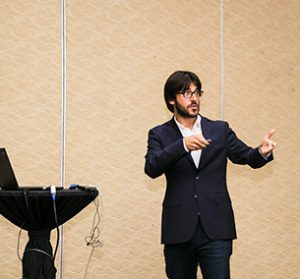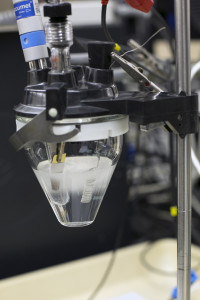Nomination Deadline: April 1, 2020
ECS’s Electrodeposition Division is accepting nominations for two awards: the Electrodeposition Division Early Career Investigator Award and the Electrodeposition Division Research Award. The award winners are recognized at PRiME 2020 in Honolulu, Hawaii, from October 4-9, 2020.
Electrodeposition Division Early Career Investigator Award
The Electrodeposition Division Early Career Investigator Award was established in 2015 to recognize an outstanding early career researcher in the field of electrochemical deposition science and technology. Early recognition of highly qualified scientists is intended to enhance his/her stature and encourage especially promising researchers to remain active in the field. (more…)




 The
The  ECS is currently accepting nominations for the following awards of the Electrodeposition Division (ELDP):
ECS is currently accepting nominations for the following awards of the Electrodeposition Division (ELDP): ECS recognizes outstanding technical achievements in electrochemistry and solid state science and technology through its Honors & Awards program. There are many deserving members of the Electrodeposition Division among us and this is an opportunity to highlight their contributions.
ECS recognizes outstanding technical achievements in electrochemistry and solid state science and technology through its Honors & Awards program. There are many deserving members of the Electrodeposition Division among us and this is an opportunity to highlight their contributions.